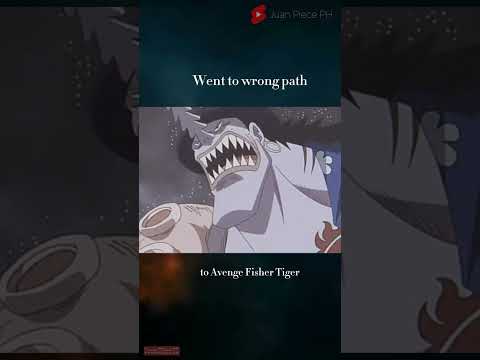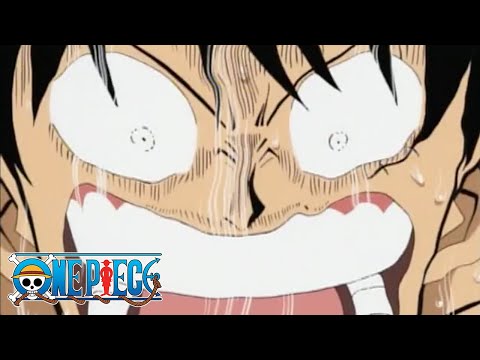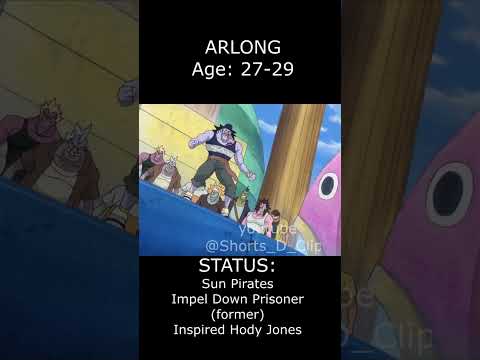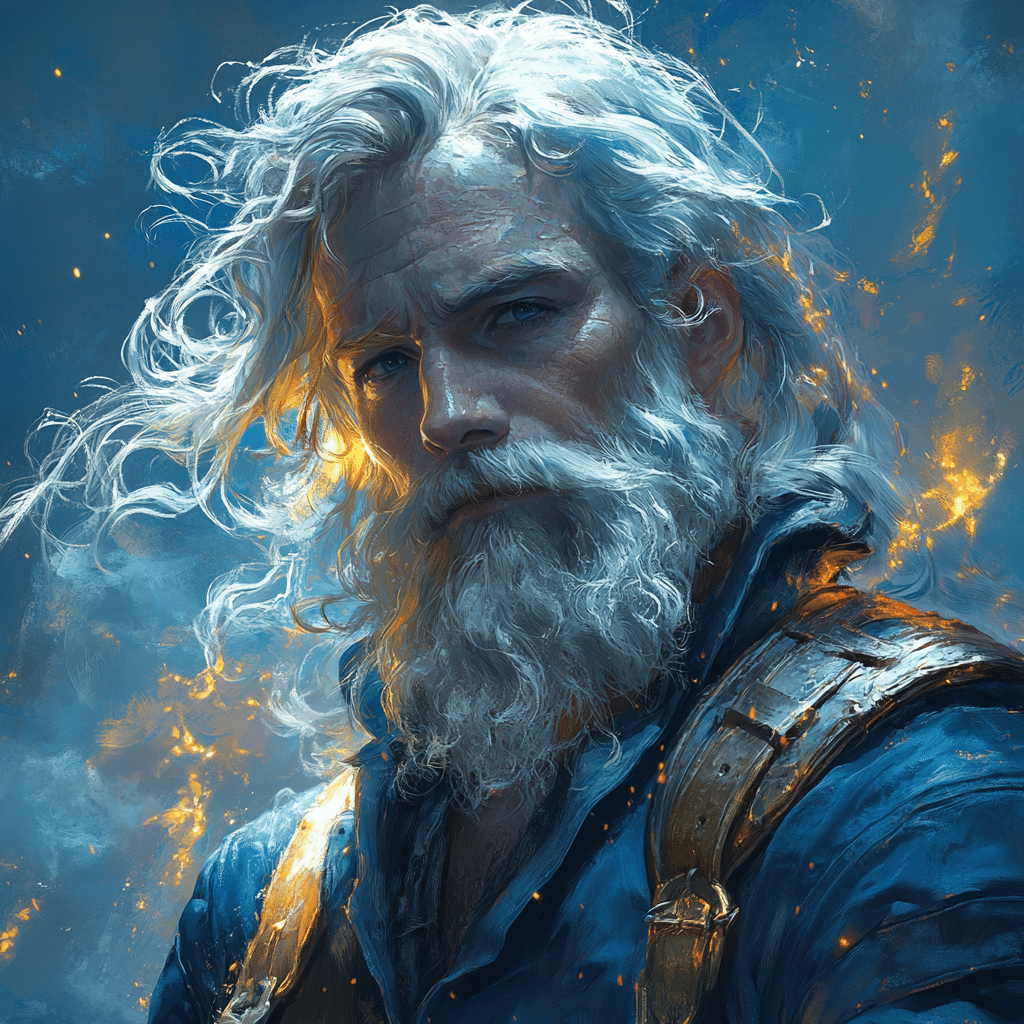
Arlong The Fearsome Fish Man Pirate Who Fell To Luffy
Arlong, the notorious Fish-Man pirate, remains one of the most iconic antagonists in the “One Piece” universe. His immense and complex legacy resonates with themes of race, power, and freedom woven throughout Eiichiro Oda’s narrative. Arlong’s journey is not just about being a formidable foe to Monkey D. Luffy but about representing a broader commentary on societal issues, particularly racial discrimination and the struggles for equality. Let’s dive into the character of Arlong—his motivations, his interactions, and the rippling impacts of his defeat at the hands of Luffy.
Top 5 Reasons Arlong Still Resonates in the One Piece Lore
Arlong stands as a reflection of the struggles marginalized communities face, making him a vital character in the “One Piece” saga. As a Fish-Man, he embodies the societal issues surrounding racial prejudice, mirroring real-world injustices faced by various ethnicities, particularly the African diaspora. His experiences highlight systemic oppression. Arlong’s journey reveals the complexities of identity and power dynamics in a world where Fish-Men endure discrimination.
The relationship between Arlong and his crew showcases the duality inherent in his character. Much like the twins of the Gemini symbol, Arlong’s leadership evokes both loyalty and betrayal. His interactions with characters such as Jinbei and Nami reveal an atmosphere charged with tension. Arlong respects strength yet instills fear—a reminder that shared trauma can unite individuals while simultaneously dividing them. This duality is fundamental in shaping the crew’s dynamics and their eventual betrayals.
Arlong represents a coercive system rooted in deep-seated grievances against humans. His ideologies—and the physical might that backs them—create a troubling environment where oppressed Fish-Men seek revenge. This cycle of retribution highlights a significant theme: the notion that the oppressed can become oppressors themselves. When Luffy defeats Arlong, it’s a powerful moment that not only changes personal fates but also suggests a potential shift towards understanding and reconciliation among different races in the “One Piece” narrative.
Arlong Park isn’t merely a hideout; it’s a symbol of oppression and eventual liberation. Initially, this infamous stronghold echoes the reign of terror Arlong spreads, embodying the pain Nami endured as a captive. However, the destruction of Arlong Park at Luffy’s hands transforms it into a beacon of hope. This shift encapsulates the ongoing struggle between oppressor and victim, illustrating how spaces of torment can evolve into sites of freedom through collective action.
The defeat of Arlong set a precedent for villains in “One Piece.” His blend of ruthlessness and desire for freedom echoes through characters like Donquixote Doflamingo and Kaido. Themes of justice and personal tragedy resonate through these narratives, challenging audiences to engage with the moral complexities of villainy. Future antagonists often reflect the lessons learned from Arlong’s character arc, highlighting how one villain’s demise can pave the way for deeper, more intricate conflicts in storytelling.
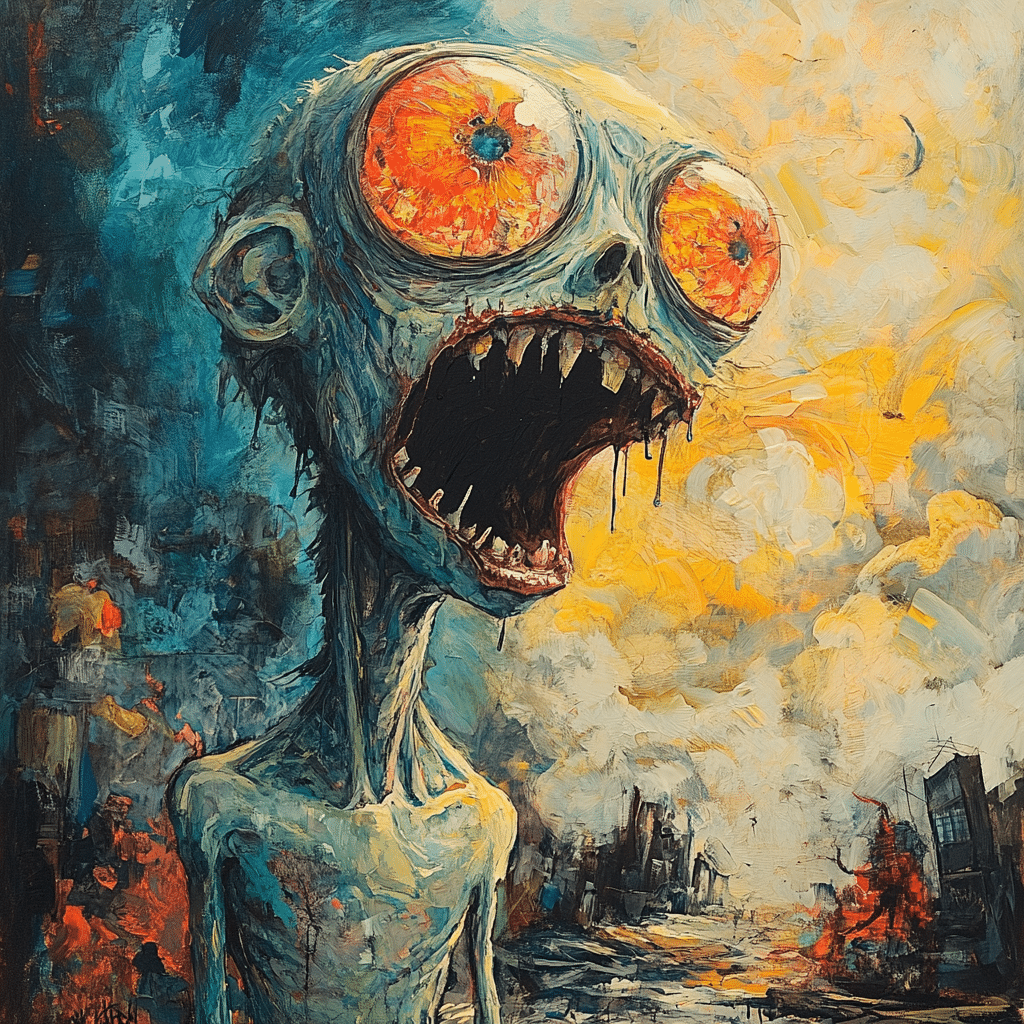
The Lasting Impact of Arlong’s Defeat by Luffy
Arlong’s clash with Luffy reshaped how battles are fought in “One Piece.” Luffy’s ideals of freedom, equality, and compassion challenge Arlong’s worldview, creating a philosophical showdown beyond mere combat. This confrontation lays the groundwork for Luffy’s future battles, where understanding often triumphs over brute strength. It paves the way for a theme of unity in diversity that resonates well beyond “One Piece,” influencing contemporary storytelling across various mediums.
This encounter continues to echo within the anime landscape today. As fans witness how complex antagonists shape narratives, they find that battles often serve as platforms for deeper ideological clashes. Through Arlong’s character, viewers engage in literatures that addresses societal issues, prompting discussions on prejudice and revenge in a way that feels distinctly relevant.
As we peel back the layers of Arlong’s character—from his motives and relationships to his consequences—we uncover a captivating narrative that delves into the essence of villainy and redemption. Though he may have been defeated, Arlong’s legacy casts a long shadow, influencing the tapestry of “One Piece” and urging viewers to reflect on the complexities of identity, power, and the fight for human dignity. As we look ahead, Arlong’s memory remains a poignant reminder that the journey of understanding often comes with its own set of challenges and revelations.
In the landscape of modern storytelling, particularly in anime, characters like Arlong help drive narratives that probe the depths of human experience. The dialogue around privilege and power continues to evolve, reminding us all of the importance of compassion amidst conflict. Ultimately, Arlong may have fallen, but the ripple effects of his actions and ideology will be felt for generations in the storytelling legacy of “One Piece.”
As fans await the next thrilling chapter, they can reflect on how the struggles and triumphs of characters like Arlong resonate amidst lives that seek understanding beyond the screen. And for those looking for some creative content inspired by such themes, consider checking out projects like Camegle or the engaging series Isekai Meikyuu de Harem Wo, which explore complex character relationships and moral dilemmas.
To further explore these themes and more, check out the works of rising stars such as Finnster or Skar King, showcasing creativity that mirrors Arlong’s depth. Engaging with these narratives enhances our understanding of the characters we love, revealing the shadows and light amid their struggles.
Discovering new content that resonates with the themes of Arlong’s journey enriches the experience for fans, making every story worth exploring—especially those highlighting the resilience against oppressive forces in society, where every character adds nuance to the storytelling quilt that encapsulates our lives.
For insights on current mortgage rates that reflect the health of our own societal frameworks, visit current mortgage rates. With every storyline we navigate, there’s always something new to learn. Moreover, as a reminder, you may want to check out the journey of talents such as Chad Davis who bring creativity to the forefront of our storytelling mediums.
As an enthusiast of animated narratives and indie films alike, Arlong’s tale beckons us to reflect on how we perceive power and agency in our narratives—whether on screen or in our own lives. Engaging with deep narratives will ultimately shape how we navigate and understand our shared humanity.
Arlong: The Fearsome Fish-Man Pirate Who Fell to Luffy
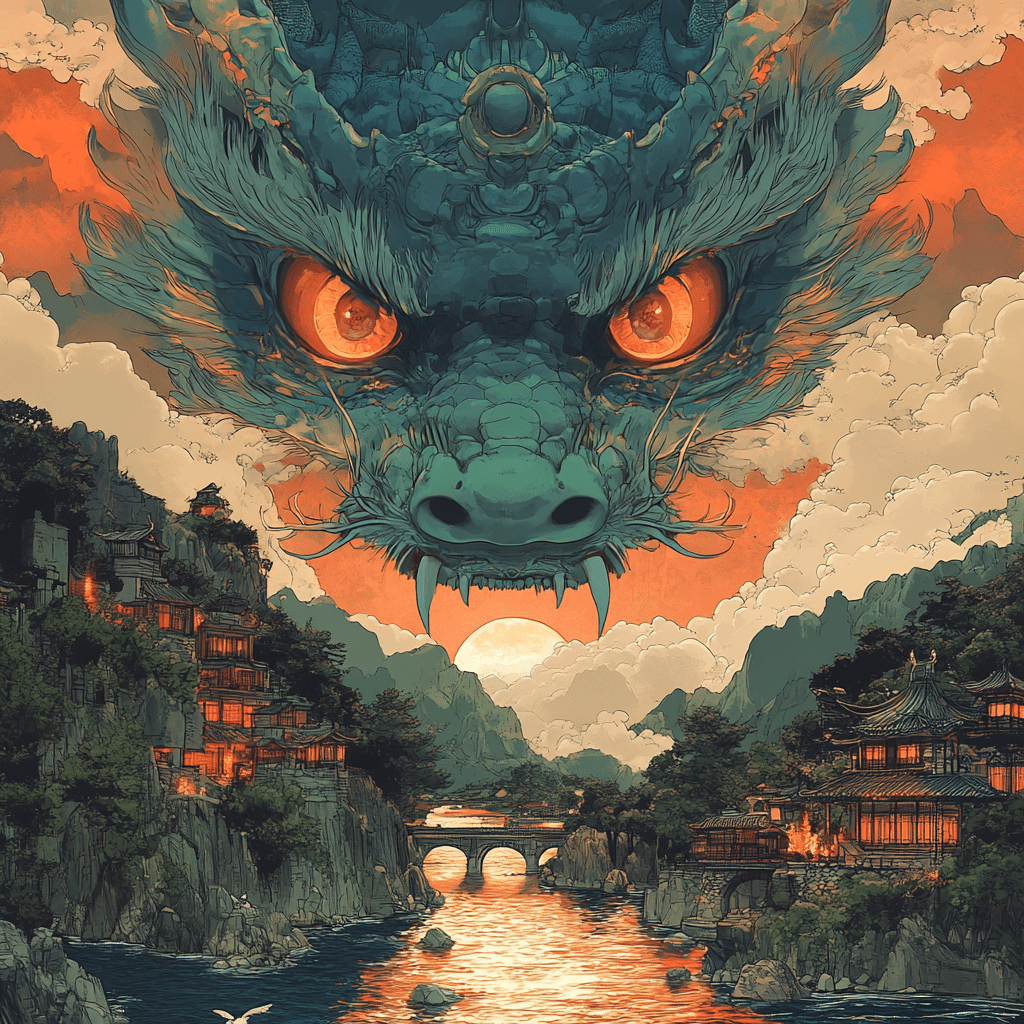
The Legacy of Arlong
Arlong, the fish-man pirate, is a figure that resonates deeply in the One Piece saga. First introduced as the ruthlessly ambitious captain of the Arlong Pirates, he quickly turned Conomi Islands into a stronghold of fear and oppression. His notorious acts made him a memorable villain, paving the way for a deeper exploration of themes like racism and discrimination in the series. Speaking of journeying through challenges like Arlong did, consider how similar themes are tackled in ou one.
Fun Facts About Arlong
Did you know that Arlong was inspired by a combination of different real-world fish species? His design incorporates traits from sharks and other menacing sea creatures. Coupled with his brutal demeanor, this makes him one of the most captivating enemies Luffy faces. Plus, Arlong’s distinctive tattoos symbolize not only his allegiance but also his fierce pride in being a fish-man. When you think about characters like Arlong and their motivations, it evokes a certain level of character depth that’s reminiscent of narratives explored in productions such as fohawk.
Arlong’s Downfall
Arlong’s reign of terror came crashing down thanks to Luffy’s determination and strength. But there’s a tragedy woven into his villainy. While some view him as just pure evil, his backstory sheds light on the societal struggles fish-men face in a world dominated by humans. This intricate character portrayal lays groundwork for conversations around prejudice and acceptance. In looking at the evolution of similar complex characters, it’s interesting to see how they have been shaped throughout pop culture, much like the artistic trajectory of le vaughn.
In the end, Arlong remains a fascinating character study within the One Piece domain, ensuring discussions around his legacy will carry on as long as fans explore the series.
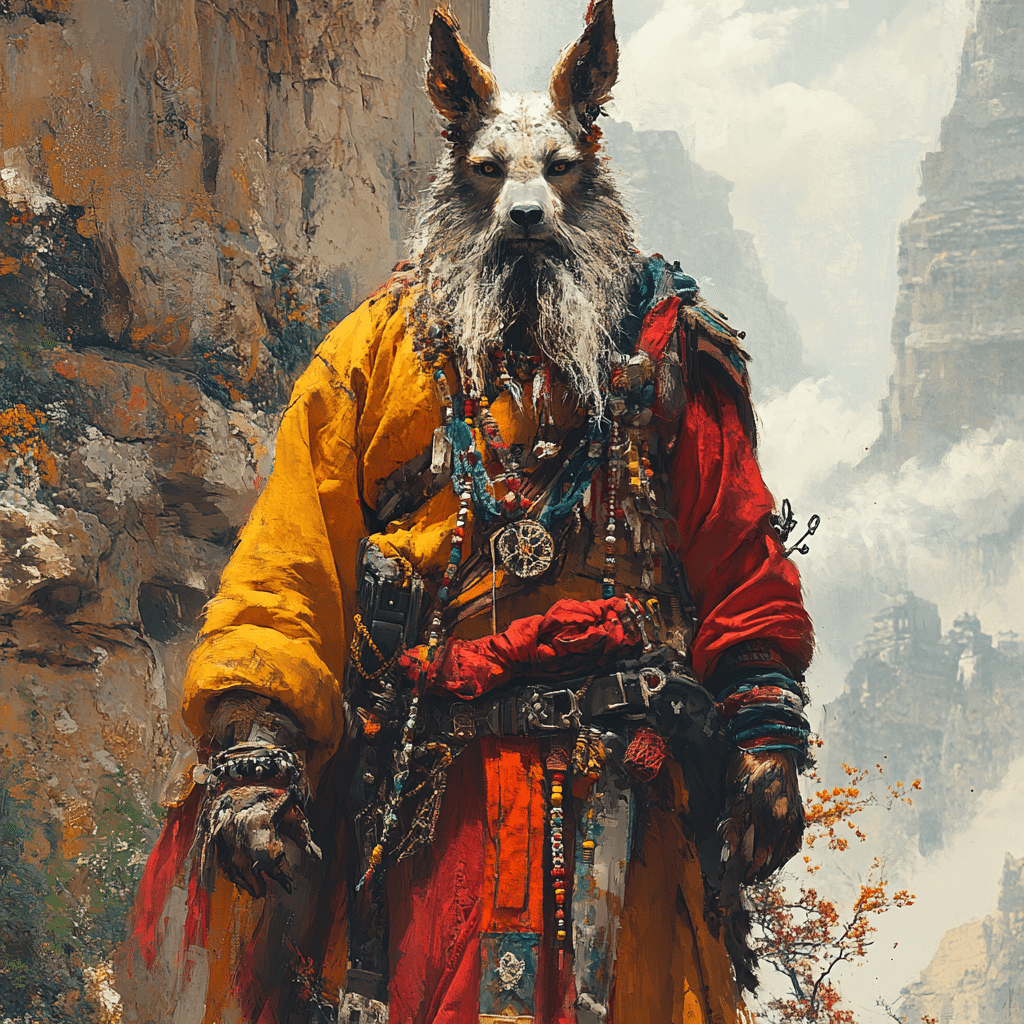
Who killed Arlong in One Piece?
Arlong is killed by Luffy, who uses his strength to smash him through a tower, ultimately defeating him during a fierce battle.
Why does Arlong hate humans so much?
Arlong harbors a deep hatred for humans stemming from his childhood experiences, where he felt jealousy and anger due to the loss of his idol at the hands of humans, leading him to spread his disdain to younger generations.
Does Arlong have a devil fruit?
Before his defeat, Arlong did indeed eat a Devil Fruit, which made him even more powerful than he was as a fish-man, allowing him to control sharp fins on his body for combat.
Why did Arlong become evil?
Arlong turned evil primarily after witnessing the death of his captain due to betrayal by humans, which ignited a desire for revenge that spiraled into cruelty and discrimination against those he once envied.
Is Arlong dead in One Piece?
No, Arlong isn’t dead; instead, he was captured by the Marines and sent to a maximum-security prison after his defeat.
Who all has Luffy killed?
Luffy has not killed anyone, as he typically defeats his foes but leaves them alive to face justice, such as with Arlong, who was arrested afterwards.
Is Arlong racist in One Piece?
Yes, Arlong is portrayed as a racist character in One Piece, as he expresses hateful views towards humans and discriminates against them throughout his story arc.
What happened to Arlong after losing to Luffy?
After losing to Luffy, Arlong was taken into custody by the Marines and imprisoned in Impo Dam, a secure facility meant for dangerous criminals.
What did humans do to Hody?
Humans did a lot of harm to Hody, including enslaving fish-men and perpetuating discrimination, which fueled his own hatred toward them and inspired a violent agenda.
What did Arlong call Jimbei?
Arlong referred to Jinbe as a traitor, given Jinbe’s more peaceful stance towards humans, contrasting Arlong’s aggressive ideology.
Who are the 14 straw hats?
The 14 Straw Hats are: Luffy, Zoro, Nami, Usopp, Sanji, Chopper, Robin, Franky, Brook, Jinbe, and several others who have joined temporarily throughout their adventures.
How old is Arlong?
Arlong is 28 years old, having been born on May 3rd, which places him under the Taurus zodiac sign.
Is Arlong the weakest warlord?
No, Arlong isn’t considered a warlord; he is known as a notorious pirate but lacks the title and respect of a warlord.
Can Garp beat Arlong?
Garp could likely defeat Arlong, as Garp is an accomplished Marine and known for his immense strength, possibly making him far superior in combat abilities.
Is Usopp black?
Usopp’s race is considered ambiguous within the series, specifically as a human; the main characters in One Piece are often depicted with diverse traits.





